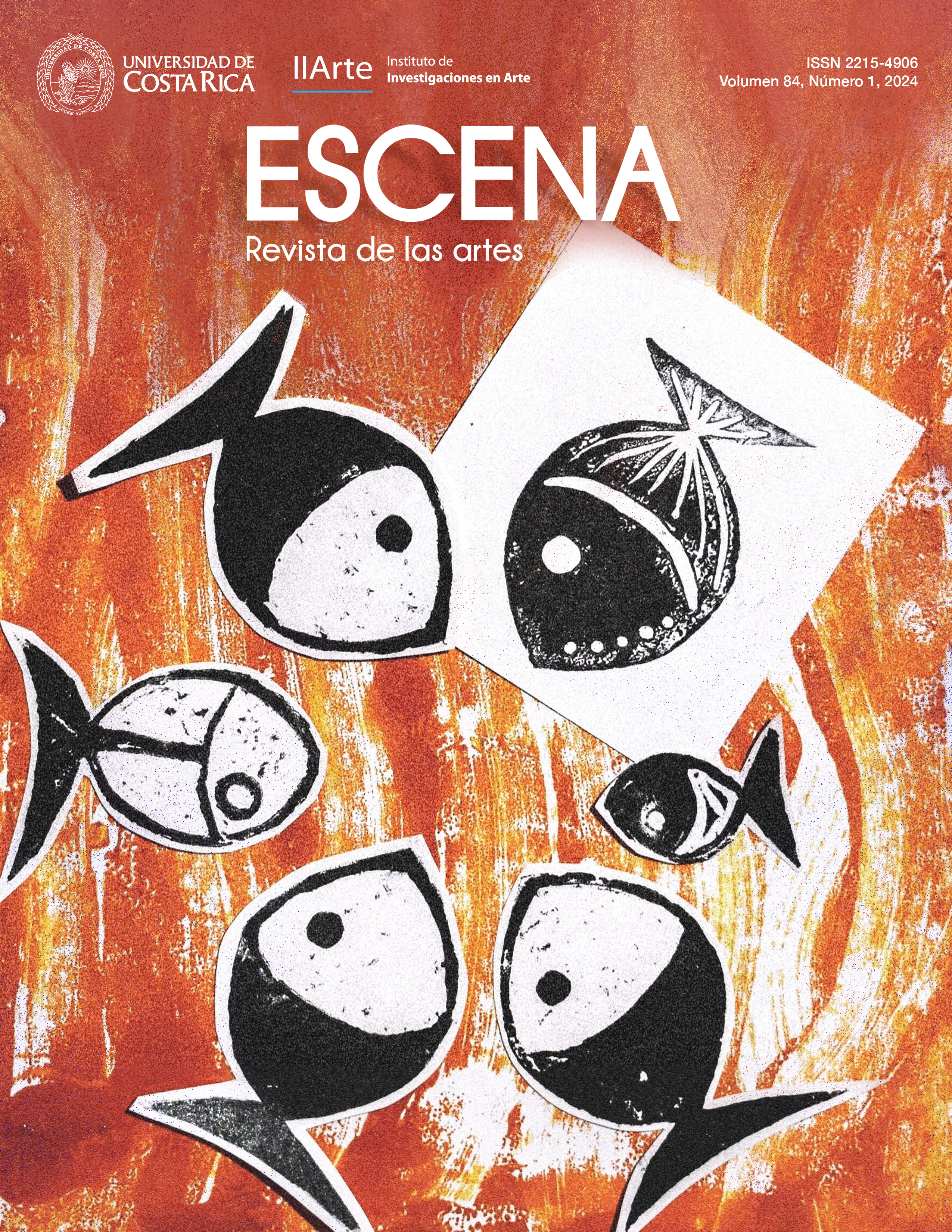Abstract
Introduction: Given limited access to the State justice system, some K’iche’ communities in Western Guatemala resort to community trials within Mayan law to publicly prosecute people accused of committing crimes in practices known locally as suk’ b’anik (correction/ straightening out), which often feature highly ritualized spectacular choreographies directed in the first instance at the local population. Objective: The article seeks to analyze Mayan cultural understandings around community trials in Santa Cruz del Quiché that, under the leadership of local indigenous mayors, seek to reintegrate criminals after their judicial prose- cution and public repentance. Results: By following the community judicial prosecution of two local criminals, the paper aims to analyze the logics, emotions, and collective gestures that are framed through mechanisms of representation and circulation –among them video– which operate within visual regimes of truth/power in conflictive social contexts.
References
Ahmed, S. (2015). La política cultural de las emociones. Universidad Nacional Autónoma de México.
Anderson, B. (1993). Comunidades imaginadas. Reflexiones sobre el origen y la difusión del nacionalismo. Fondo de Cultura Económica.
Ardèvol, E., Martorell, S., & San Cornelio, G. (2021). El mito en las narrativas visuales del activismo medioambiental en Instagram. Comunicar. Revista Científica de Educomunicación, 29(68), 59-70. https://doi.org/10.3916/C68-2021-05
Artaud, A. (1958). The Theatre and Its Double. Grove Press.
Asociación Maya Uk’ux B’e. (2019). 15 casos resueltos por las autoridades indígenas de Santa Cruz del Quiché. Aportes al Sistema Jurídico Mayab’. Asociación Maya Uk’ux B’e.
Balandier, G. (1994). El poder en escenas. De la representación del poder al poder de la representación. Paidós.
Butler, J. (2001). Mecanismos psíquicos del poder: teorías sobre la sujeción. Universitat de València, Ediciones Cátedra.
de la Peña, G. (2002). Costumbre, ley y procesos judiciales en la antropología clásica: apuntes introductorios. En E. Krotz (Ed.), Antropología jurídica: perspectivas socioculturales en el estudio del derecho (pp. 51-68 ). UAM-Iztapalapa.
Derrida, J. (1992). Force of Law: The “Mystical Foundation of Authority”. In D. Cornell, M. Rosenfeld, & D. Gray Carlson (Eds.), Deconstruction and the Possibility of Justice (pp. 5-67). Routledge.
Ertür, B. (2015). Spectacles and Spectres: Political Trials, Performativity and Scenes of Sovereignty [Doctoral dissertation, University of London, England]. Online Repository of Birkbeck Institutional Theses. https://eprints.bbk.ac.uk/id/eprint/40110/
Flores, C. Y. (2012). Derecho maya y video comunitario: experiencias de antropología colaborativa. Íconos. Revista de Ciencias Sociales, (42), 71-88. https://iconos.flacsoandes.edu.ec/index.php/iconos/article/view/361
Flores, C. Y. (2022, 18 de enero). Sukbanik-Corrección. Vimeo. https://vimeo.com/manage/videos/667371891
Flores, C. Y. (2023). Justicia comunitaria y espectáculo ritual. Un caso de derecho maya en Guatemala. Encartes, 6(11), 173-183. https://doi.org/10.29340/en.v6n11.286
Foucault, M. (2014). Obrar mal, decir la verdad. Función de la confesión en la justicia. Curso de Lovaina. Siglo XXI. (Original publicado en 1981).
Goldstein, D. (2005). Flexible Justice. Neo-liberal Violence and self-help security in Bolivia. Critique of Anthropology, 25(4), 389-411. https://doi.org/10.1177/0308275X05058656
Hartigan, R. (2018). “This is a Trial, Not a Performance!” Staging the Time of the Law. In A. Sarat, L. Douglas, & M. Merrill Umphrey (Eds.), Law and Performance (pp. 68-100). University of Massachusetts Press.
Lutz, C., & White, G. M. (1986). The Anthropology of emotions. Annual Review of Anthropology, 15, 405-436. https://doi.org/10.1146/annurev.an.15.100186.002201
Melossi, D., & Pavarini, M. (1980). Cárcel y fábrica. Los orígenes del sistema penitenciario. Siglo XXI.
Menjívar, C. (2014). Eterna violencia. Vida de las mujeres ladinas en Guatemala. Ediciones del Pensativo; FLACSO Guatemala.
Sarat, A., Douglas, L., & Merrill Umphrey, M. (Eds.). (2018). Law and Performance. University of Massachusetts Press.
Scott, J. (2004). Los dominados y el arte de la Resistencia. Discursos ocultos. Ediciones Era.
Sieder, R., & Flores, C. Y. (2011). Autoridad, autonomía y derecho indígena en la Guatemala de posguerra. F&G Editores.
Sierra, A. (2023). “Ahora los jueces hablan bonito”. Dimensión ritual y eficacia simbólica del proceso penal oral que involucra personas indígenas en conflicto con la ley federal en Oaxaca, México [tesis doctoral, Centro de Investigaciones y Estudios Superiores en Antropología Social, México]. Repositorio CIESAS. https://ciesas.repositorioinstitucional.mx/jspui/handle/1015/1663
Stone, J. (2018). Penitentiary Performances: Spectators, Affecting Scenes, and Terrible Apparitions in the Nineteenth-Century Model Prison. In A. Sarat, L. Douglas, & M. Merrill Umphrey (Eds.), Law and Performance (pp. 18-67). University of Massachusetts Press.
Turner, V. (1987). The Ritual Process. Structure and Anti-structure. Cornell University Press. (Original published in 1969).
Turner, V. (2008). Antropología del ritual. Instituto Nacional de Antropología e Historia.
##plugins.facebook.comentarios##

This work is licensed under a Creative Commons Attribution-NonCommercial-NoDerivatives 4.0 International License.
Copyright (c) 2024 Carlos Y. Flores



